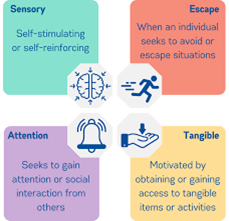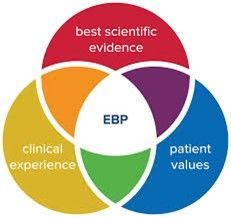FBA Explains Five Needs to Runaway
The motivations behind running away can vary significantly among individuals.

When young people transition out of a foster home or residential placement, caregivers often experience confusion regarding the youth's decision to leave. Many may resort to various strategies, such as offering rewards, implementing consequences, or issuing threats, yet these methods frequently prove ineffective. A significant factor contributing to this ineffectiveness is a lack of understanding of the underlying motivations driving the youth's choice to leave. Young individuals may run away to escape adverse situations or pursue desired experiences, often for more intricate reasons than they appear.
Functional Behavior Analysis (FBA) provides a systematic approach to assessing a youth's behavior and motivations.By focusing on the ABCs—antecedents, behavior, and consequences —professionals can gain valuable insights into the youth's intentions. Additionally, gathering information from individuals close to the youth can help develop intervention strategies specifically tailored to their needs.
For example, when a young person runs from a residential facility, it raises the critical question: What prompts this departure? FBA identifies five potential functions that may underlie the youth's behavior:
1. Connection – Some youths seek to connect with trustworthy individuals and expand their social networks. They may leave to spend time with friends, significant others, or peers, as research suggests that many do not view leaving negatively; they desire social interaction.
2. Access—Some youths resist imposed rules because they desire independence. When seeking more control over their lives, these individuals may be labeled as having “oppositional” or “conduct” issues. In this context, running away represents a means to experience freedom, which can be redirected positively.
3. Escape – Certain youths' circumstances may be intolerable, prompting them to flee. This desperation can arise from external pressures, such as bullying or conflicts with authority figures, as well as internal triggers like past traumas. Their aim in running away is often to evade distressing conditions that evoke feelings of vulnerability.
4. Control – While some youths leave for safety, others seek to assert control over their lives. Having potentially endured traumatic environments, they may view running away as a declaration of autonomy.
5. Stimulation—Certain youths, particularly those who exhibit attention-related or autism-related behaviors, may have a heightened need for sensory engagement and movement. They might run away to escape uncomfortable sensations (such as excessive noise or heat) and achieve calm. For example, a youth might walk miles to experience "the cool breeze in my hair."
The motivations behind running away can vary significantly among individuals. FBA is a valuable tool for identifying these functions and developing tailored strategies to address them effectively.




